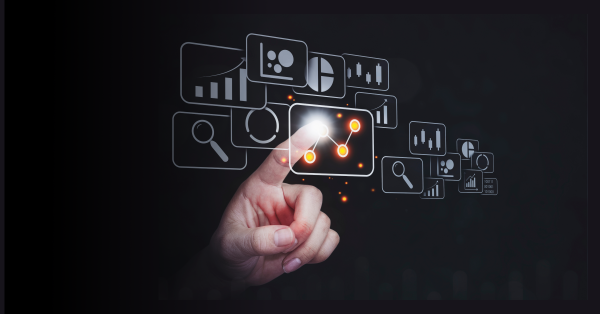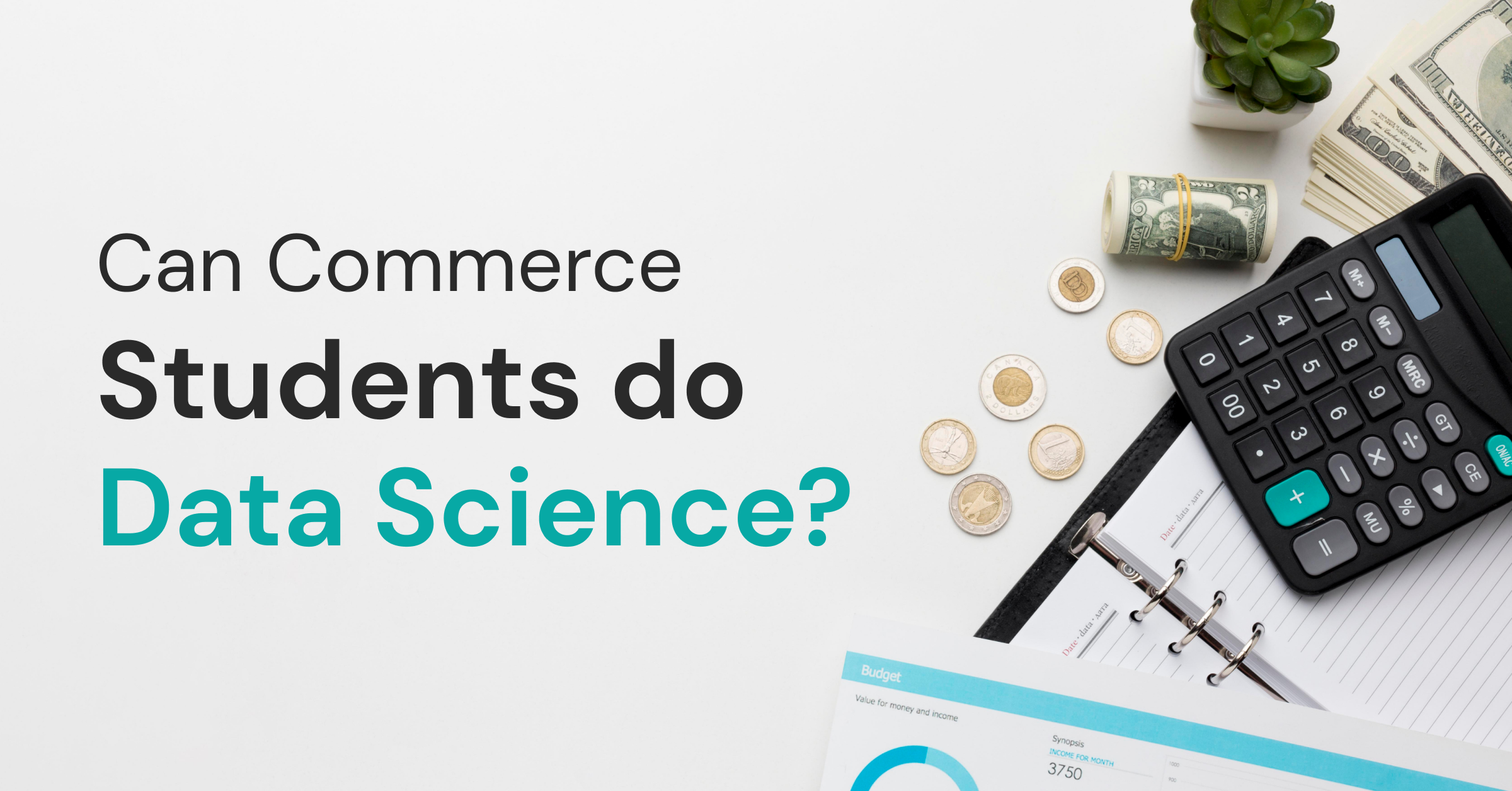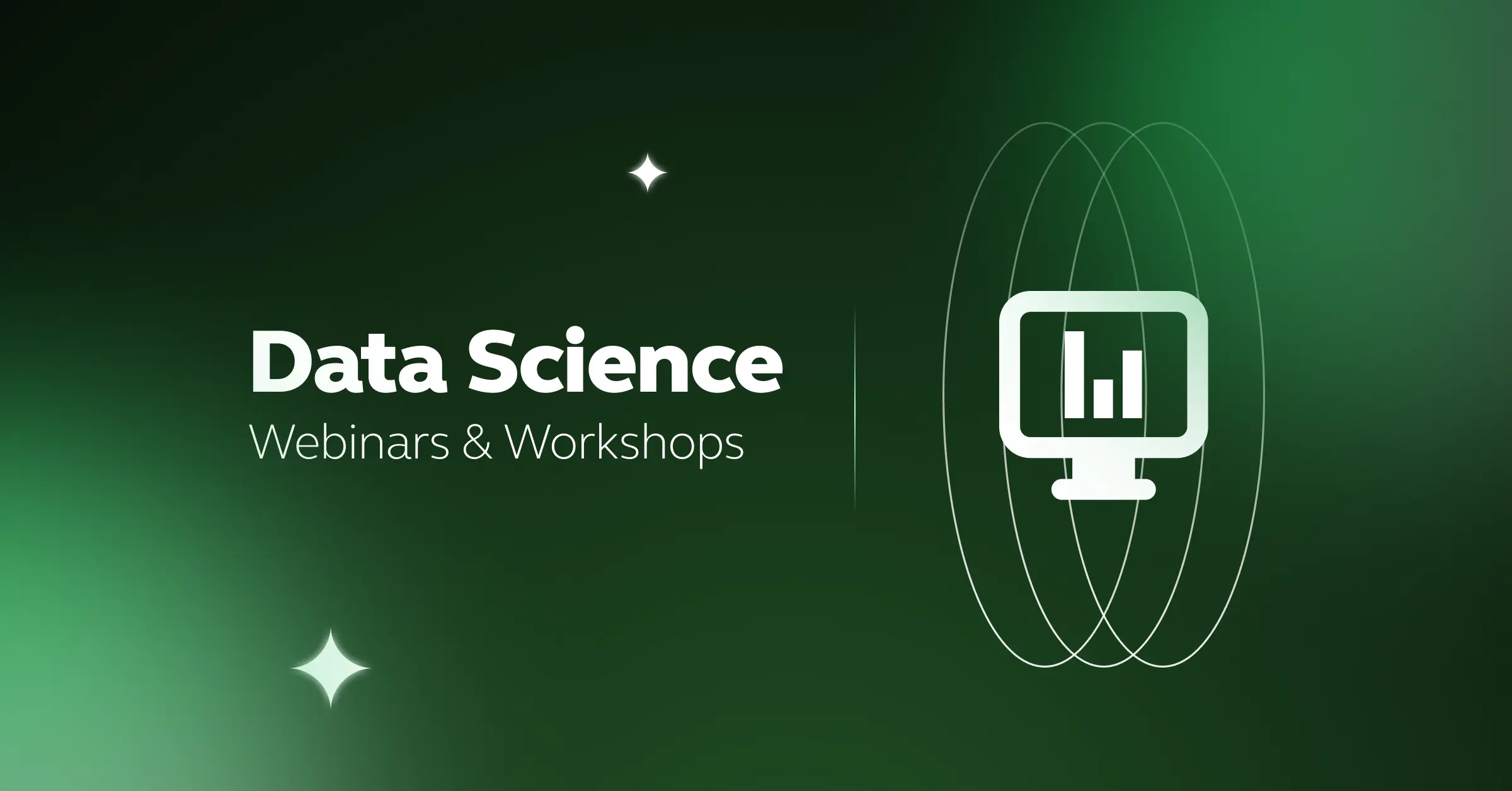
10 Best Python Libraries for Data Science Career [2024]
Mar 22, 2024 4 Min Read 359 Views
(Last Updated)
Ever wondered why the data industry chooses Python libraries for data science? It is because Python is the most widely used programming language in all industries. Again, why? It is because – Python is a high-performing, object-oriented open-source language that is easy to learn and easy to debug as well.
Also, as of now, there are 1,37,000 advanced-level Python libraries to create apps and models in various range of fields. Such fields include data science, machine learning, data visualization, data & image manipulation, & many more.
If you’re an aspiring data scientist, then this blog will walk you through the 10 best Python libraries for data science that help you build an application or a data science project as you wish.
Table of contents
- Best Python Libraries for Data Science Career in 2024
- #10Beautiful Soup
- #9 PyTorch
- #8 Scrapy
- #7 Scikit-learn
- Features of Scikit-learn:
- #6 Keras
- #5 Pandas
- #4Matplotlib
- #3 NumPy
- #2 Scientific Python(SciPy)
- #1 TensorFlow
- Features of Tensor Flow:
- Conclusion
- FAQs
- Q1. What is the most used library for data science in Python?
- Q2. How to build a career in data science in 2024?
- Q3. What is the average salary of data scientist in India?
Best Python Libraries for Data Science Career in 2024
Let’s look at some of the popular Python libraries for data science, which are used by developers in 2024 in reverse rank order:
Before we move into the next section, ensure you have a good grip on data science essentials like Python, MongoDB, Pandas, Numpy, Tableau & PowerBi Data Methods. If you are looking for a detailed course on Data Science, you can join GUVI’s Data Science Career Program with placement assistance. You’ll also learn about the trending tools and technologies and work on some real-time projects. Additionally, if you want to explore Python through a self-paced course, try GUVI’s Python self-paced course.
#10 Beautiful Soup
Imagine a situation where you’d need data from a website for building your application. Say, you’d need the data on Amazon best selling books, then you’d use data scraping or web scraping to import the data into a spreadsheet or local storage in your computer.
Beautiful Soup is one popular library of Python that helps collect data from HTML & XML files & arranges them in a proper format. This library provides various ways to search, navigate, & modify the parse tree to obtain the data you need even without a proper CSV or API.
Another point to be noted is that many web data extraction projects need a combination of web crawling & web scraping. Beautiful soup is quite good at doing the job.
Features of Beautiful Soup:
- Different parsing tools
- Permits the processing of parallel requests
- Easier to debug
- Works independently from browsers
#9 PyTorch
When data scientists are also programmers, who are quite familiar with Python programming language. Then, Pytorch is the best compatible tool for processing large-scale image analysis, which includes object detection, classification, segmentation, & complex algorithms. Here’s a quick fact, just so you know – PyTorch is a deep learning & machine learning tool developed by Facebook’s Artificial Intelligence(AI) division.
Features of PyTorch:
- Supports metrics, logging, multi-model serving
- Creation of RESTful endpoints
- Easy tools to deploy the model
- Generative modeling
- Used in Natural Language Processing
#8 Scrapy
Scrapy is also good for scraping data from websites. But here, Scrapy is not a library but a framework, which is best enough to build web scrapers more easily & maintaining them is no big deal.
But, when you compare Scrapy with Beautiful Soup for the job, Scrapy is for large or complex data projects. Data scientists find Scrapy as an awesome tool for proxies & data pipelines in their projects. While Beautiful Soup is for low-level complex or small projects.
Features of Scrapy:
- Capable of exporting feeds in formats such as JSON, CSV, and XML
- Robust encoding support
- Auto-detection
- Expanded CSS selectors
- XPath expressions
#7 Scikit-learn
The essential Machine Learning branch of data science can be handled by the Scikit-learn package. It is specially built on NumPy, SciPy, and Matplotlib & contains bundles of handy algorithms that can be used to create various ML models.
One can implement the ML models for regression, classification, clustering & such other actions. Further, Scikit-learn can be used to prepare, evaluate & create post-model data analysis.

Features of Scikit-learn:
- Supports predictive data analytics applications
- Supports algorithms such as logistic regression, decision trees, bagging, boosting, random forest, etc.
- Predictive modeling
- Model evaluation
#6 Keras
The highly recommended deep learning API for Machine learning beginners is Keras. It is because Keras provides a minimal approach to running deep learning models & neural networks. Keras focuses on reducing the cognitive load on humans (developers especially) by providing easily understandable & consistent methods such as straightforward error messages or feedback.
Features of Keras:
- Simple, flexible, and powerful
- Able to run experiments quickly and efficiently
- Built on top of Tensorflow 2
- Scale to large settings for production quality outputs
- Deployed anywhere
#5 Pandas
An ML library in Python – ‘Pandas’ is the game changer for Data scientists & Analysts who seek something more powerful than just a spreadsheet like MS Excel or Google sheet. Pandas make it both easy & intuitive to work with relational or labeled data by using its fast, flexible & expressive data structures.
Popular apps like Netflix & Spotify use the miracles of Pandas for the great recommendations that you usually get while using these apps.
Features of Pandas:
- Able to work with a large selection of IO tools such as CSV, JSON, SQL, BigQuery, and Excel files
- Methods to perform functions such as object creation, viewing data, selection of data, etc.
- Pandas have two main objects that it works with: Pandas Series and Dataframes
- Data Analysis and Cleaning
#4 Matplotlib
Entering the field of data visualization in data science, Matplotlib is the leading package that offers various plots & figures for developers. The object-oriented API of Matplotlib makes it easy to embed these plots into applications.
Also, Matplotlib can deal with many operating systems & graphics backends. So, with this plotting library, you can work in any operating system as you wish & deal with any output format that you need. The bonus benefit is its better runtime behavior with low memory consumption.
Features of Matplotlib:
- Data visualization
- Enables a wide variety of visualizations such as line plots, subplots, images, histograms, paths, charts, etc.
- Embedded in various IDEs as well as Jupyter Lab, and Graphical User Interfaces
- Images and visualizations can be exported to multiple file formats
#3 NumPy
NumPy is an abbreviation of numerical Python, Numerical computations in Python come straight through NumPy. And, NumPy boosts the soul of mathematics in data science. With high-level arrays & matrices, Numpy adds the most powerful data structures to Python, further promising efficient calculations.
Thus, this hugely addresses the slowness caused by numerical routines. It is one of the #1 packages used by almost everyone in the Data Science community and is a fundamental package for scientific computing with Python.
Features of Numpy:
- Package that is used to work with multi-dimensional arrays.
- Functions in the domain of matrices, Fourier transformation, and of course, linear algebra
- 50 times faster than traditional Python lists!
- Primarily written in C and C++ to enable super-fast computation, as C & C++ is a machine-level language.
#2 Scientific Python(SciPy)
SciPy is a huge collection of mathematical algorithms & functions that are built on the NumPy extension. It significantly boosts the interactive Python session by offering the user advanced commands & classes to manipulate & visualize the data.
The pro-tool library for professionals to solve differential equations, linear algebra, Fourier transform, & optimize algorithms.
Features of SciPy:
- Used in scientific computing and mathematics
- Integration
- Optimization
- Fourier Transformation
- Signal Processing
- Linear Algebra
- Eigenvalues
- Multi-dimensional Image processing
#1 TensorFlow
The Python library with a collection of workflows to develop & train ML models using Python or JavaScript. TensorFlow is also potent in easily deploying in the cloud, on-device, in the browser, or even on-premise, irrespective of the language you prefer to use. The data API of TensorFlow enables you to build complex input pipelines from simple & reusable pieces.
Features of Tensor Flow:
- Prepare data, build ML models, deploy models, and implement ML Ops.
- Ease of use via pre-trained models, research with state-of-the-art models, and helps build your models
- Deployed on the web, on mobile and edge, and servers
Do you know? A Data Scientist with TensorFlow developer skills earns a salary package of ₹14LPA.
Kickstart your Data Science journey by enrolling in GUVI’s Data Science Career Program where you will master technologies like MongoDB, Tableau, PowerBi, Pandas, etc., and build interesting real-life projects.
Alternatively, if you would like to explore Python through a Self-paced course, try GUVI’s Python Self-Paced certification course.
Conclusion
There are various other Python libraries that you can explore, and use in different areas of industries. But the best and the most popular ones are mentioned here. Do explore these Python libraries for data science and use them in your project wherever required. Build a successful career in data science with these Python libraries!
FAQs
Q1. What is the most used library for data science in Python?
Ans. There are various Python libraries for data science but Pandas is the one which is used extensively by developers. It is a software library that works with data structures and provides functions for data manipulation and analysis.
Q2. How to build a career in data science in 2024?
Ans. To build a career in data science in 2024, you need to follow step-by-step guide:
1) Get an understanding of the basics
2) Acquire skills
3) Work on projects
4) Get certified as a data analyst
5) Choose an entry-level job
6) Acquire skills to move into upper level























Did you enjoy this article?